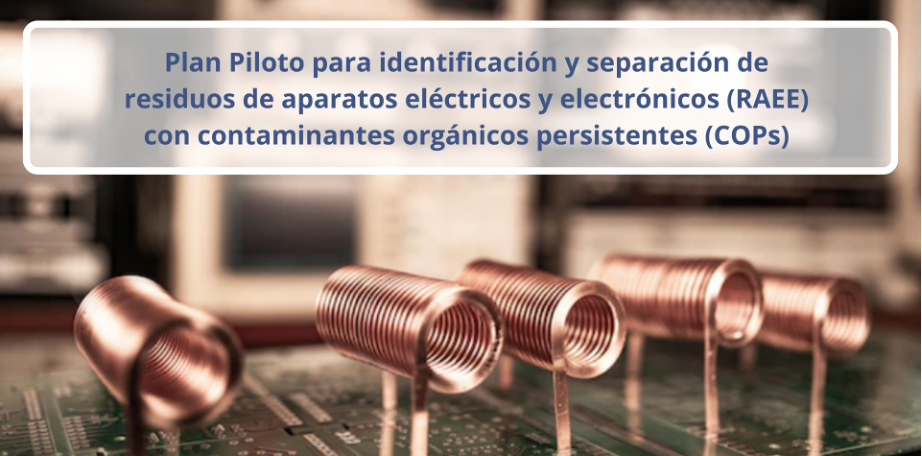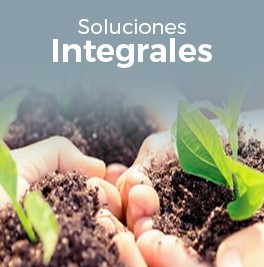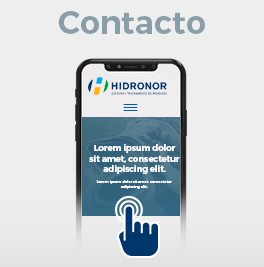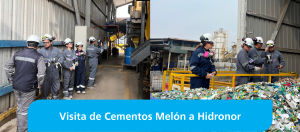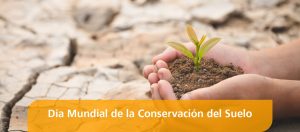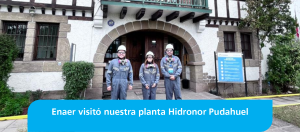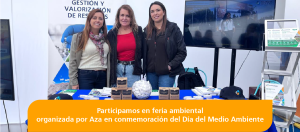
With the aim of identifying waste electrical and electronic equipment (WEEE) with persistent organic pollutants (POPs), the first initiative of this type was recently launched in Chile as part of the Residuos-E program, which is carried out in Latin America to strengthen programs and improve regional cooperation in the proper management of this waste.
Thus, the program seeks to make managers aware of the health and environmental problems that WEEE containing persistent organic pollutants can represent, which is why it is essential that plant workers know the risks associated with handling this type of waste. and also the negative consequences that they can have for the human being and the ecosystems in case they are not managed correctly.
It is worth mentioning that currently 13 Latin American countries are part of this project, among which are Peru, Uruguay, Bolivia, Ecuador, Argentina, Nicaragua, Panama, Costa Rica, Venezuela, Guatemala, El Salvador, Honduras, in addition to Chile, being Our country is the third country that generates the most WEEE per capita, with 11.6 kilos of scrap per year per inhabitant. This pilot plan will end in November 2023, the date on which it is intended to submit a proposal for a technical regulation for the correct management of WEEE in the region, including the obligation to identify and separate waste with persistent organic pollutants.
At Hidronor we support this type of initiative and promote the environmental sustainability of Chile with our service of management, treatment and elimination of Persistent Organic Compounds (POPs), which we carry out in a facility specially designed and enabled to carry out the preliminary procedures for temporary storage, conditioning and subsequent disposal governed by quality standards and high technology outside the country, specifically in Europe.
Once the waste has arrived in the country of destination, this waste is disposed of through the high-temperature incineration method with gas control, which consists of offering optimal combustion conditions that guarantee high elimination efficiencies of each of the compounds. persistent organics present in the residue.
Para más información sobre este servicio le invitamos a contact our commercial team.
Source: InduAmbiente

